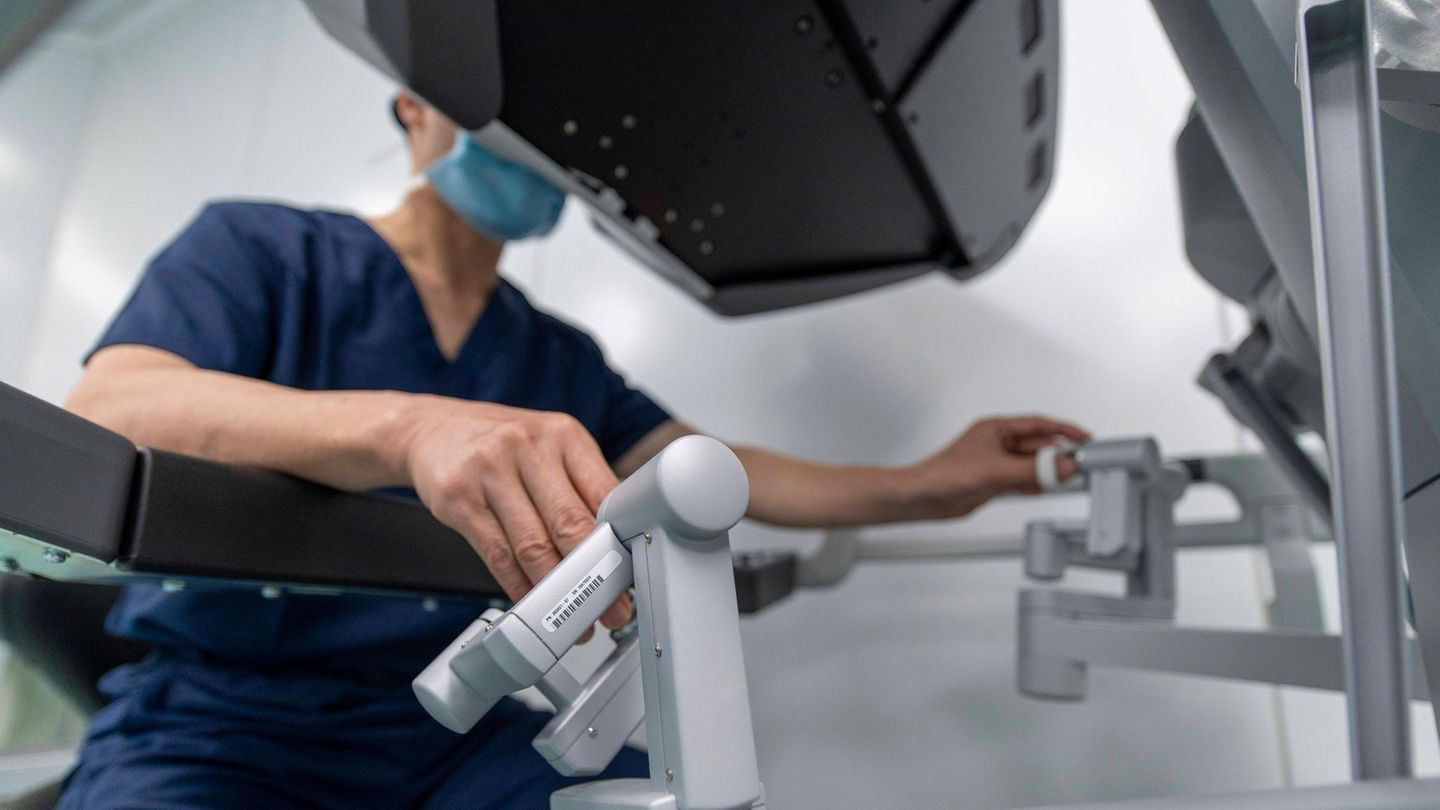The entry of capital goods used to the country is already a reality. As confirmed to Scope Entrepreneurs of the sector, agricultural machinery is the first item to perceive the effects of the flexibility carried out by the Government of Javier Milei in April. Industrials of the province of Santa Fe confirmed the arrival of equipment manufactured in the United States but come from Uruguay. Imports of this category grew strong last month and Luis Caputo announced a new tariff decline. The use of the installed capacity of the metallurgy remains below 50% and warn of the impact of the opening on local production.
The Government decided weeks ago Eliminate the Capital Assets Import Certificate (CIBU). It is a regulation that was governed since the 1990s and that included a consultation regime to limit and audit purchases abroad of this type of machines and its impact on local production.
The changes executed in April begin to have an impact In the province of Santa Fe, where local entrepreneurs confirmed to the scope of the arrival from Uruguay of used agricultural machinery that was manufactured in the United States. “In less than thirty days we are already seeing machinery, so we presume that there is someone who had the data previously,” an entrepreneur explained to this medium.
The landing of agricultural machinery is the first step of something that they believe in the industry, it will be much larger and will affect items such as medical equipment, the naval sector and tool manufacturers among others. In the Association of Metallurgical Industrialists (Adimra), they considered that the new regulations “place national manufacturers of capital goods” disadvantage.
Apart from the opening to those used, the import of capital goods is climbing very strong. According to INDEC data they had an increase of 73.4% year -on -year and entered the podium of the items with more growth behind the cars (204%) and the final consumer goods (77%).
WhatsApp Image 2025-05-20 at 18.40.37.jpeg
For Adimra “Deregulation without establishing technical evaluation mechanisms or traceability criteria, opens the door to the indiscriminate entry of obsolete machinery or in disuse, which can affect the health of the person together with the safety and efficiency of the productive processes ”and stressed that the decision” does not encourage investment in technology and local production. “
Luis Caputo announced a new tariff decline
About the growth of imports that is already reflected in data and the entry of used machinery, the Minister of Economy, Luis Caputo, announced Tuesday that The Government “will reduce tariffs to 27 capital goods whose aliquots ranged between 20% and 35%.”
On this point, he argued that “The MERCOSUR fixed for capital goods a 12.6%tariff, however, the tariffs of these products were above this level”
Among the products to which tariffs are reduced are: Elevators, industrial fans, machinery for the metallurgical industrygas cleansing and pipe cleaning equipment used in the oil industry, industrial machinery to make ice cream, bakery ovens, electrical polypes, hair cutting machines, centrifugal pumps, among others.
A heterogeneous and not consolidated recovery
Meanwhile, The activity in the metallurgical sector is recovering slowly and heterogeneously. It accumulates a 3.8% rebound in 2025 after having fallen 12.1% last year. Besides, The use of installed capacity is at very low levels in historical terms, during April it reached only 46.9%.
WhatsApp Image 2025-05-20 at 18.30.55.jpeg

Inland, there was a fall in Strategic subsectors such as Foundry (-9.4%) and Autopartes (-0.3%), While agricultural and bodies and trailers machinery had increases of up to 21.3%. Without considering these specific sectors, the growth of the rest of the metallurgical industry was only 1%.
Employment still does not recover. In the comparison against March he remained stable but fails to rebuild the levels prior to the sharp fall of 2024; In the interannual comparison he showed a fall again, in this case of 2.2%. More than a statistical chance, it looks like a inevitable component of competitiveness conditions.
Source: Ambito




